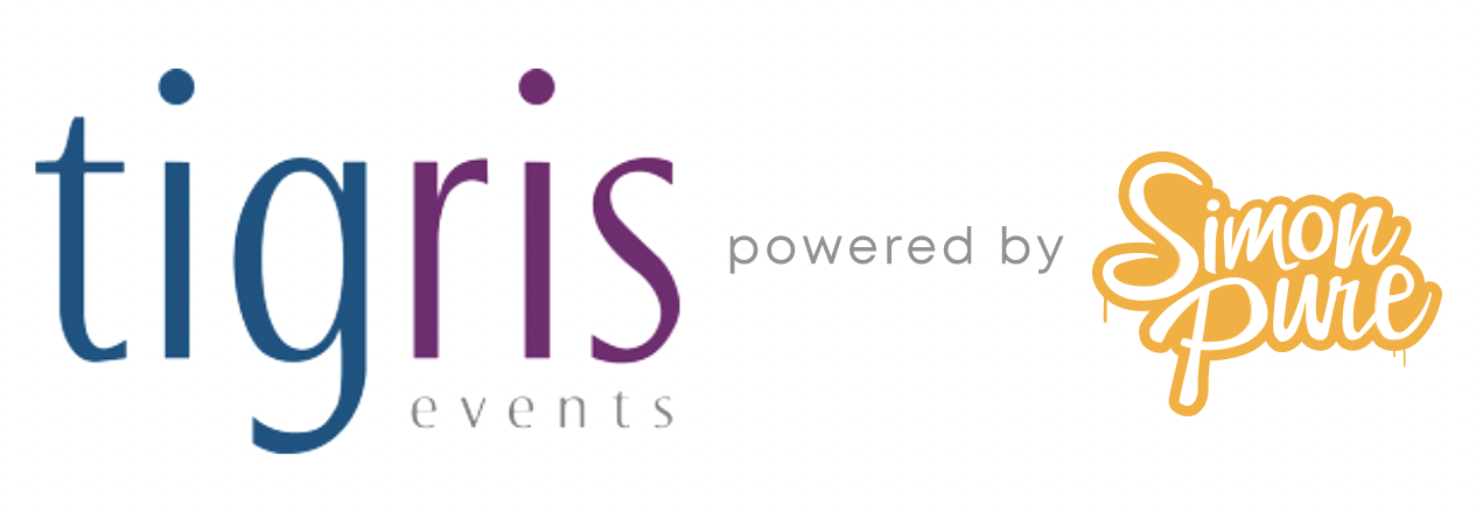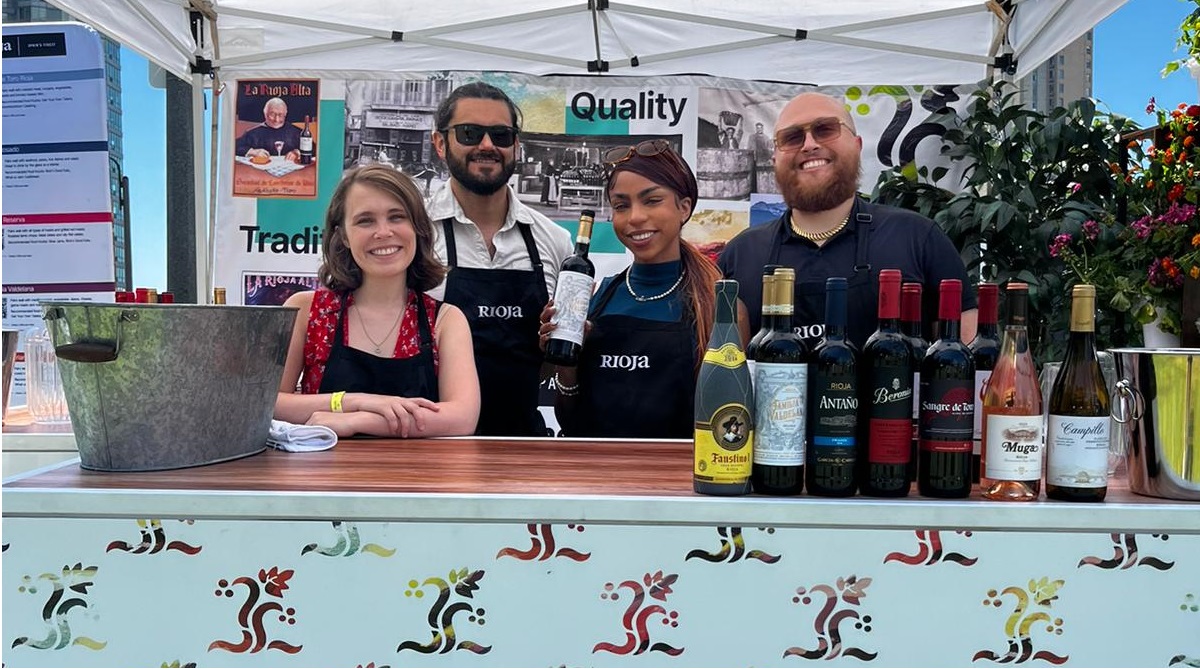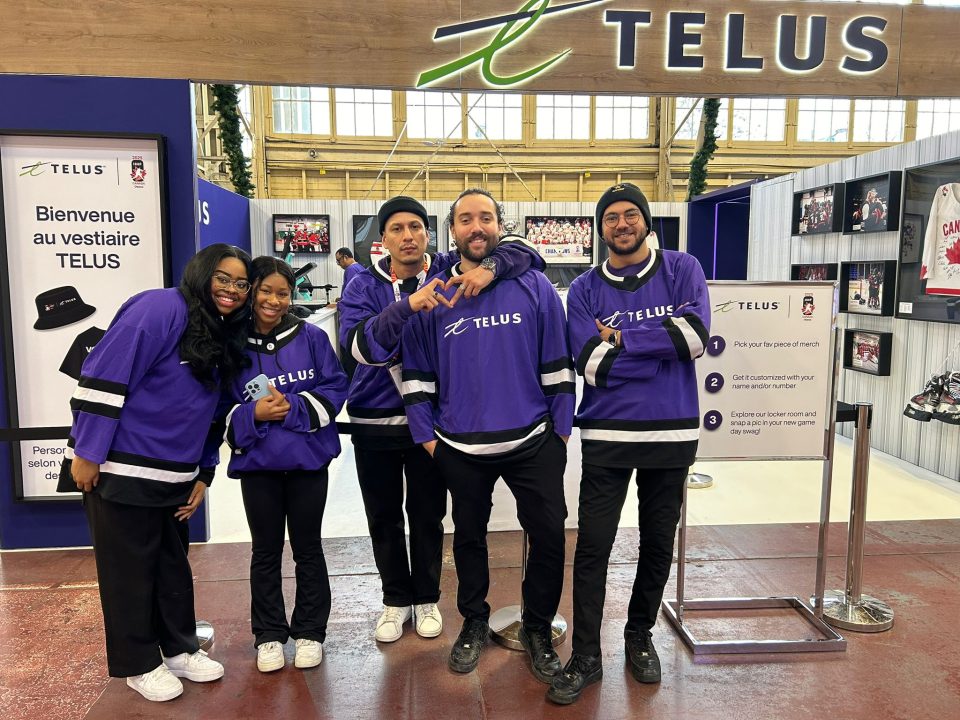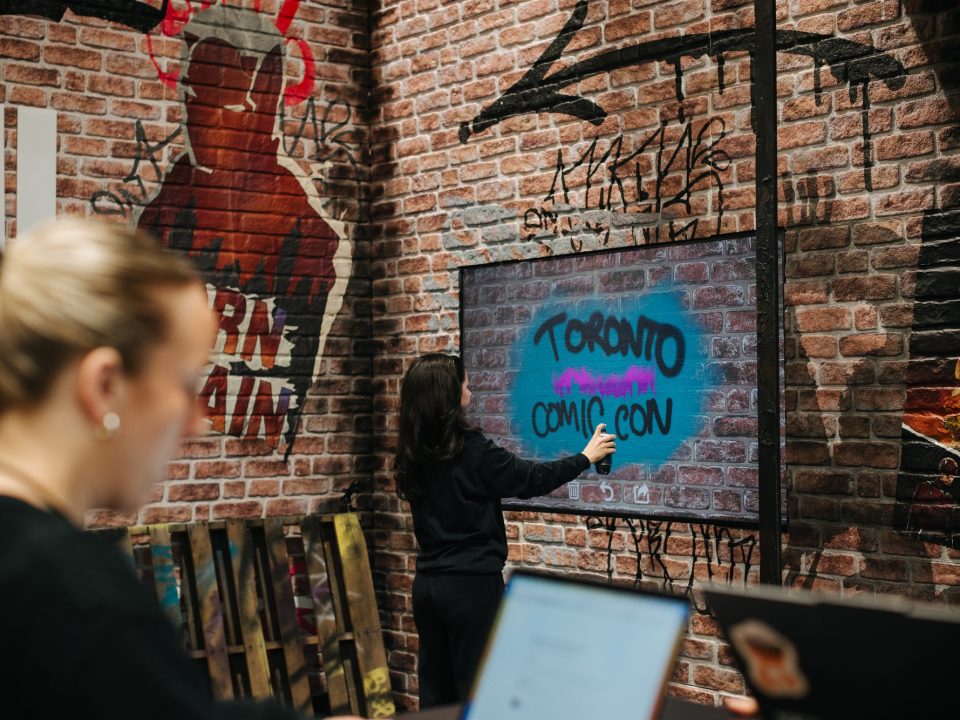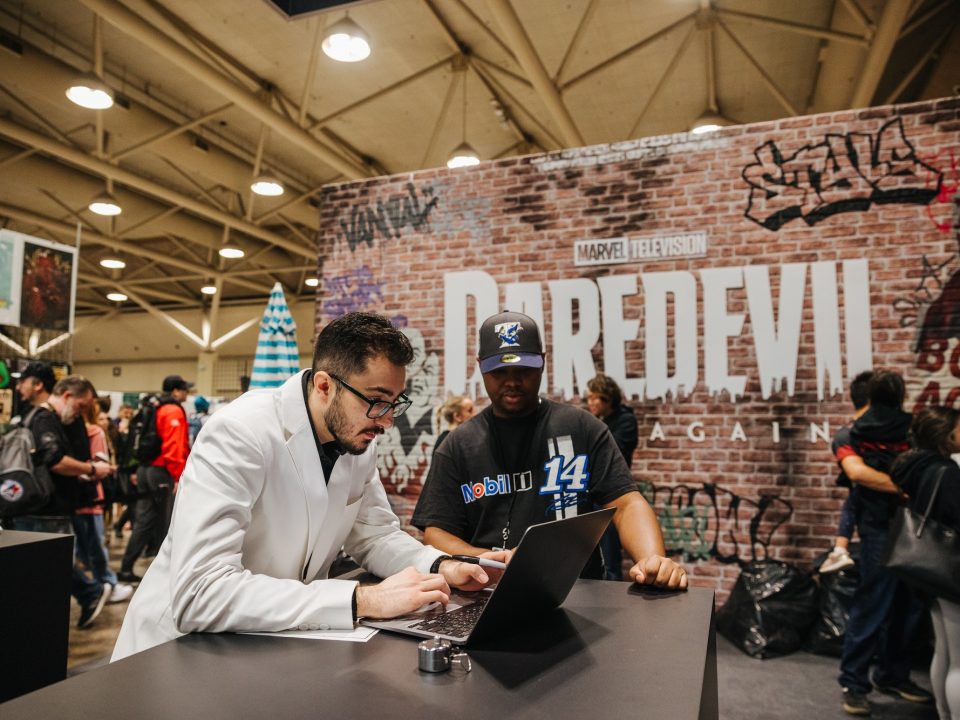Bite-Sized Branding: How Food Sampling Activations Builds Loyal Customers

Conference Staffing Tips: How to Create Seamless, Professional Guest Experiences
October 7, 2025It’s no secret that the food & beverage market is crowded.
Shelf space, brand messaging, and consumer attention are all under pressure. Therefore, one of the most direct ways to cut through is the simple act of letting people taste your product.
But effective food sampling activations are more than handing out freebies. They need to also be strategic, sensory, and – above all – relational. As such, when done right, they can turn curious tasters into committed, repeat customers.
Here’s how to design sampling experiences that build brand loyalty and the research that backs it up.
1. Sampling Reduces Risk & Builds Trust
One of the core barriers to new product adoption is consumer risk.
When seeing a new product for the first time, a lot of people have a thought process that goes like: “Will I like it? Is it worth investing in this unknown?”
Fortunately, sampling lowers that barrier by offering a trial with zero commitment.
According to a breakdown of sampling psychology, 65% of consumers who try a product sample go on to purchase it, and 78% say the sampling influenced their choice.
Therefore, the “try-before-you-buy” offer conveys confidence.
When brands trust their product enough to let people taste it, that confidence often translates into higher perceived quality and credibility.
2. Sensory Memory Strengthens Brand Recall
When people taste something, it engages more than just flavor. Tasting also triggers senses like smell, mouthfeel, visual cues, and emotional context.
Studies in sensory marketing show that experiences which integrate multiple sensory cues (taste, sight, aroma) can significantly improve memory recall and brand associations.
In other words: if your tasting booth smells inviting, looks beautiful, and serves something delicious, the entire experience (not just the product) embeds itself more firmly in memory.
3. Sampling Drives Short- & Long-Term Sales Uplifts
Multiple field studies confirm that sampling boosts sales – and not just in the moment, but over time.
In a multicategory grocery study, in-store sampling produced both immediate and sustained sales increases, outperforming many discount or display-only promotions.
Further, another study highlights Costco’s use of sampling as a classic example: free food demos significantly increased sales for featured items, showing that sampling stimulates both trial and repeat purchase behavior.
If the big brands are doing it, there must be a reason behind it!
However, it’s worth noting that not all trials convert instantly.
A different study showed that while samples may not always lead to immediate purchase, they often serve a broader marketing purpose and plant the seed for future buyer decisions.
4. Experiential Value Drives Loyalty in Food Contexts
In the food and beverage world, loyalty is about both product satisfaction and experience quality.
Research in the restaurant and café sectors indicates that experiential marketing (sensory, emotional, immersive experiences) has a significant effect on customer loyalty. In one study, the “sense” dimension was among the strongest predictors of repeat patronage.
Similarly, in food festivals, consumer perceptions of experiential value (playfulness, aesthetics, service) have been found to positively influence loyalty to that festival or place.
In other words, when food sampling is done as part of a rich, branded experience and not just a giveaway it can help build deeper, emotional consumer connections.
5. Social Proof, Word of Mouth & Community Amplification
Sampling affects the person tasting it, but it can also ripple outward to the people around them.
When someone shares a foodie experience, posts a bite, or recommends a new product, that becomes organic marketing.
Experience has shown us that gathering UGC, ratings, and social sharing in conjunction with sampling boosts brand reach and credibility.
In short, a sampling activation that people talk about becomes a mini movement.
6. How to Make Sampling Work: Strategies & Best Practices
To turn a sampling event into long-term loyalty, here are some tactical principles and tips:
- Strategic audience targeting: sample where your ideal consumers are. Gyms, festivals, grocery stores, or trade shows all come to mind.
- Cap the sample size smartly: offer enough to satisfy curiosity, but leave desire for the full product.
- Educated staff & brand storytelling: your ambassadors should share the product story, ingredients, benefits, and encourage conversation.
- Use data capture: pairing sampling with lead capture (surveys, QR codes, email opt-ins) lets you follow up, retarget, and nurture tasters into buyers.
- Multi-touch integration: combine sampling with other experiential elements (photo moments, recipe demos, taste pairings) to deepen engagement.
- Measure & iterate: evaluate KPIs like conversion rate, repeat purchase behavior, social shares, and feedback to refine future campaigns.
FAQ: Food Sampling Activations & Loyalty
1. Does sampling always lead to a purchase?
No. While many consumers convert, some sampling impacts manifest later. Sampling can serve as brand exposure and plant the seed for future buying decisions.
2. What’s a realistic conversion rate to expect?
While results vary by product, one source states ~65% of samplers end up buying, and 78% say it influenced their decision.
3. Is sampling cost-effective?
Yes, if well-executed. Sampling often outperforms discount promotions in long-term ROI and repeated events can compound results.
4. How do I gather feedback without disrupting the experience?
Use quick digital surveys or short follow-up SMS/emails. QR codes on signage or staff prompts can invite feedback seamlessly.
5. How much does the environment matter in sampling?
Greatly. Experience design (lighting, music, visuals) amplifies sampling impact. Consumers remember the context as much as the taste.
Conclusion: Turning a Taste into a Connection
Food sampling may seem simple, but when thoughtfully executed, it’s one of the most powerful tools in experiential marketing. Every bite becomes a story. In other words, a moment where your brand connects directly with the senses, the emotions, and the memories of your audience.
By pairing taste with great design, smart staffing, and real engagement, brands can transform fleeting interactions into lasting loyalty. It’s not just about giving away samples, it’s about giving people a reason to remember, return, and recommend.
At Tigris Events (powered by Simon Pure), we specialize in creating food sampling activations that blend creativity, strategy, and measurable results. Whether it’s a nationwide campaign or a single unforgettable pop-up, we help brands make every taste count.
Contact us to start planning your next food sampling experience.
